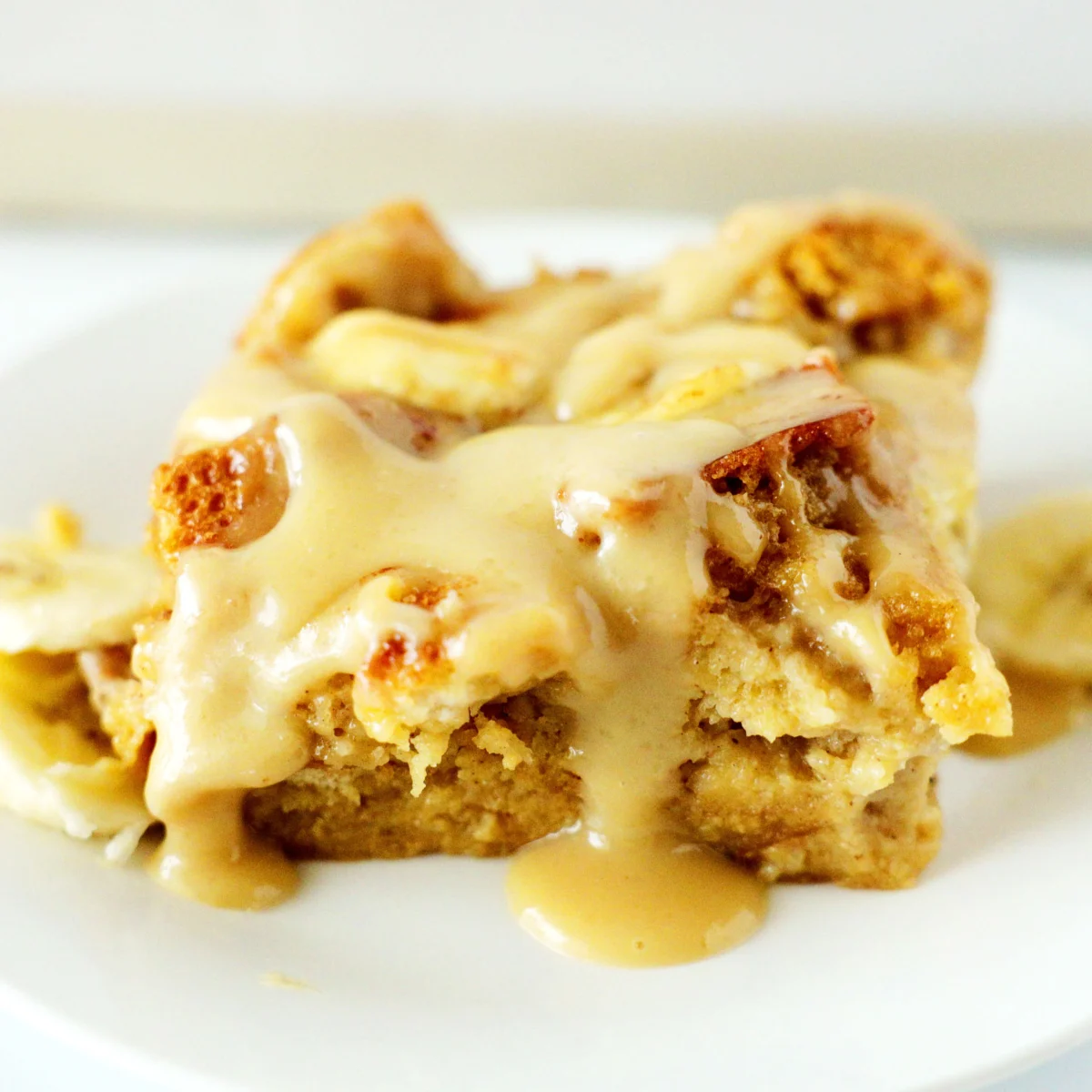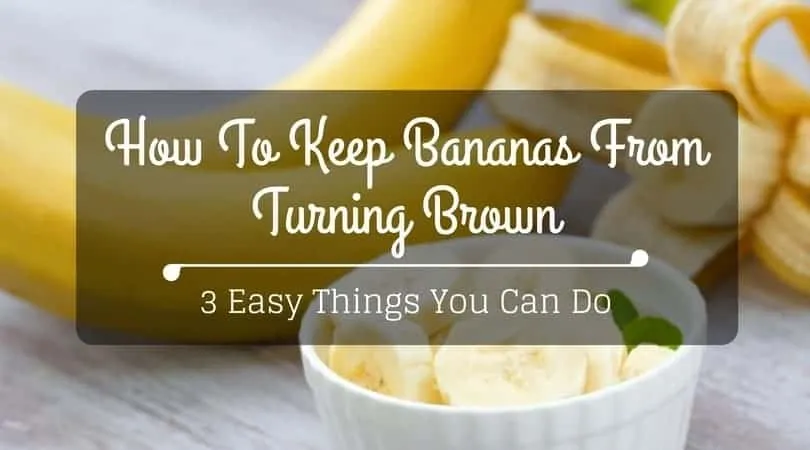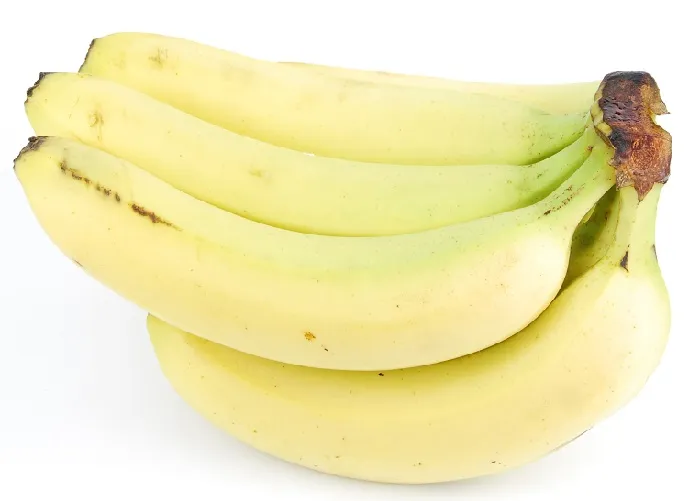Everything You Need to Know About Eating Bananas with Brown Spots
Bananas are a popular and beloved fruit, but what happens when they start to develop brown spots? Many people wonder whether it’s safe to eat bananas with brown spots, or if they should be thrown out. In this article, we’ll explore some of the most common questions surrounding brown-spotted bananas.
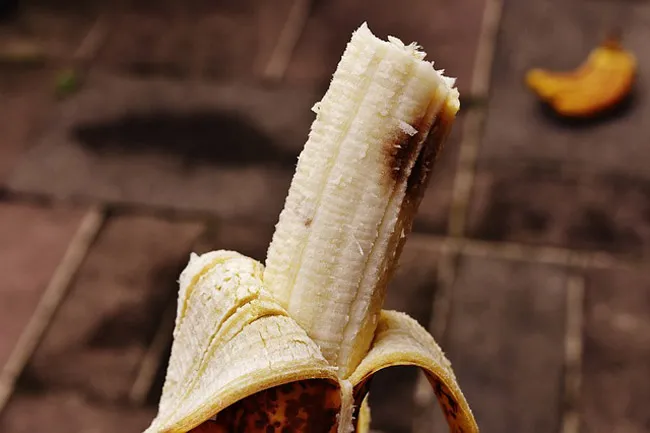
We’ll delve into what causes bananas to develop brown spots, and whether or not it’s safe to eat them. We’ll also cover the nutritional value of bananas with brown spots, and how you can use them in delicious recipes. So if you’re curious about the world of brown-spotted bananas, keep reading to learn more.
What causes bananas to have brown spots?
Bananas are a popular fruit that are consumed worldwide. However, one of the most common issues with bananas is the development of brown spots on their skin. So, what causes these blemishes to form?

The answer lies in the ripening process of bananas. As bananas mature and ripen, they produce a hormone called ethylene gas. This gas helps to trigger the fruit’s natural ripening process, causing it to soften and become sweeter.
However, as the banana continues to ripen, it also becomes more susceptible to bruising and damage. This can occur during transport or even just from being handled too much.
When a banana is bruised or damaged, its skin breaks down and exposes its inner flesh to oxygen in the air. This causes an enzyme called polyphenol oxidase (PPO) to react with amino acids in the fruit’s flesh and turn it brown.
While these brown spots may not be aesthetically pleasing, they do not affect the overall taste or quality of the banana itself. In fact, some people actually prefer their bananas when they have developed some degree of spotting.
To prevent excessive browning on your bananas at home, try storing them in a cool place away from direct sunlight or heat sources. You can also wrap each individual banana stem with plastic wrap or foil to slow down their natural ripening process.
In conclusion, while brown spots on bananas may be unsightly for some individuals; understanding what causes them will help you appreciate this delicious fruit even more!
Is it safe to eat bananas with brown spots?
Many people have a common misconception that bananas with brown spots are rotten and unsafe to eat. However, this is not entirely true. Brown spots on bananas indicate that the fruit has ripened and undergone changes in its texture and taste.
In fact, bananas with brown spots can be even healthier than their yellow counterparts. As they ripen, the starches in the banana convert into sugars, making them easier to digest and absorb. This means that the nutrients present in bananas become more bioavailable to our bodies as they turn brown.
Moreover, research suggests that ripe bananas contain higher levels of antioxidants and anti-inflammatory compounds than unripe ones. These compounds may help protect against chronic diseases such as heart disease, diabetes, and cancer.
However, it’s essential to note that there is a limit to how much brown you should tolerate on your banana before it becomes unsafe for consumption. If the banana has turned completely black or moldy or emits an unpleasant odor or taste, then it’s best to discard it.
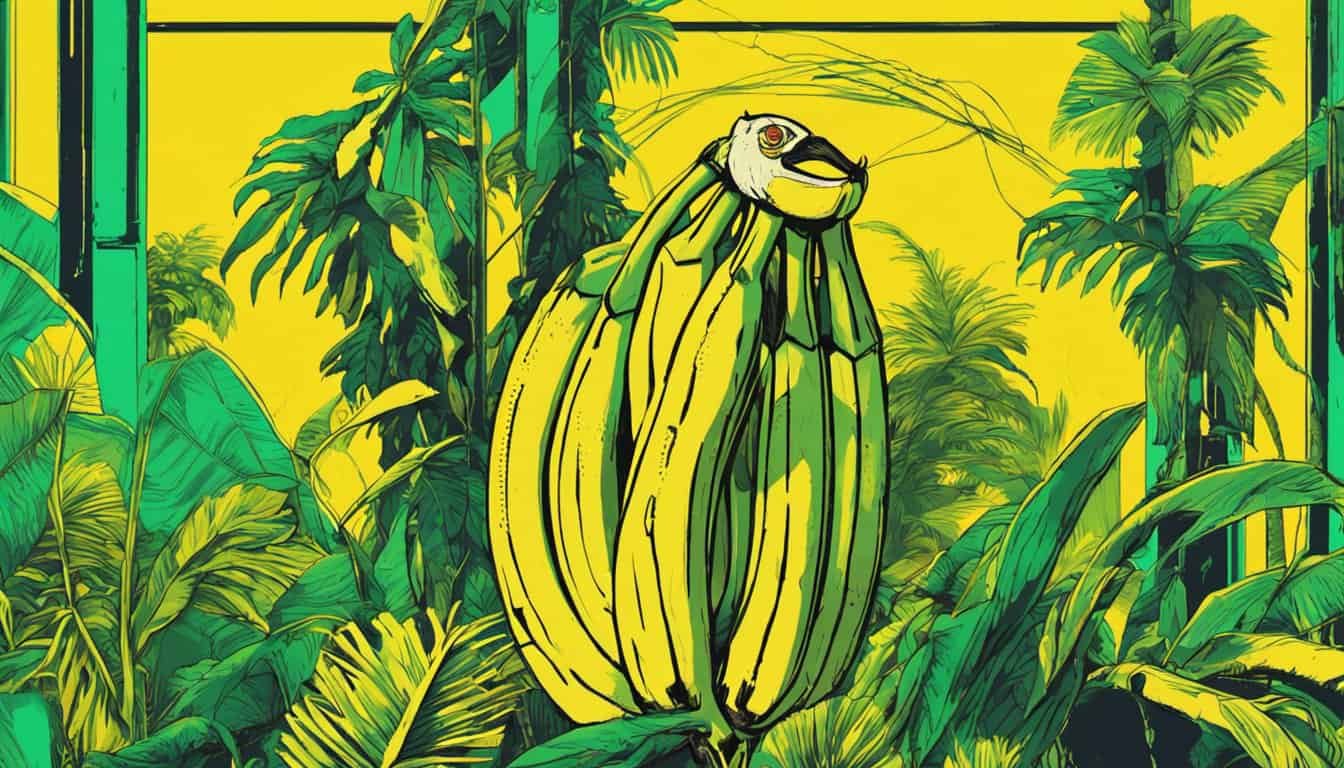
In conclusion, eating bananas with brown spots is not only safe but also beneficial for your health. So next time you see a bunch of ripe bananas with some browning on them at your local grocery store or in your kitchen fruit basket- don’t hesitate! Go ahead and enjoy nature’s sweet treat!
The nutritional value of bananas with brown spots.
Bananas are a popular fruit with numerous health benefits, but did you know that bananas with brown spots actually have higher nutritional value?
When bananas ripen, their starches turn into sugar and the fruit becomes softer. As this process continues, brown spots start to appear on the peel. While some people may think these spots mean the banana is no longer good to eat, they actually indicate that the fruit is at its peak in terms of flavor and nutrition.
As bananas ripen and develop brown spots, their antioxidant levels increase significantly. Antioxidants help protect our bodies from damage caused by free radicals – molecules that can cause inflammation and lead to chronic diseases like cancer and heart disease.
Bananas with brown spots also have higher levels of tryptophan, an amino acid that helps regulate mood and sleep. Additionally, as bananas ripen their resistant starch content increases which can improve digestive health.
So next time you’re reaching for a banana at the grocery store or in your fruit bowl at home – don’t be afraid of those brown spots! Embrace them as a sign of increased nutritional value in this deliciously sweet fruit.

How do I use bananas with brown spots in recipes?
The Ultimate Guide to Knowing When Your Banana Bread is Done: Tips and Tricks for Perfect Baking! »
Bananas are a versatile fruit that can be enjoyed in a variety of ways, but what do you do with those brown spots on your bananas? Don’t throw them away just yet! In fact, overripe bananas are actually perfect for baking and adding natural sweetness to recipes.
One delicious way to use brown bananas is by making banana bread. The overripe bananas will give the bread a moist texture and an intense banana flavor. You can also use brown bananas in smoothies, milkshakes or pancakes for an extra boost of nutrition.
Another great way to utilize brown bananas is by making banana ice cream. Simply blend the frozen banana chunks until they become creamy and smooth – no additional sugar or dairy required!
If you’re feeling adventurous, try using mashed up overripe bananas as a substitute for some of the fat or sugar in your favorite dessert recipe. This will not only add natural sweetness but also make your desserts healthier.
In conclusion, don’t let those brown spots on your bananas go to waste! Get creative in the kitchen with these simple ideas and turn those overripe fruits into delicious treats.
Check out our other articles to find out even more about banana.
Bananas with brown spots are perfectly safe to eat and can provide you with a range of wonderful benefits. They have antioxidants that help keep your immune system strong, they’re rich in fiber which helps promote digestive health, and they even contain vitamins C & B6 so they make for a great snack. Whether you’re looking for more information about what causes bananas to have brown spots or ways to use them in recipes, it’s worth doing some research on the topic! Check out our other articles to find out even more about banana today!







